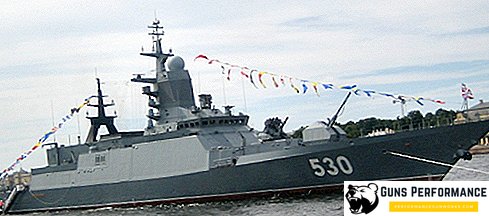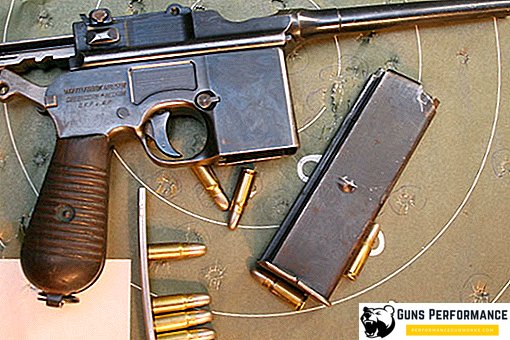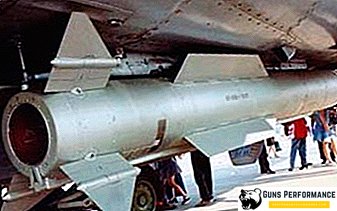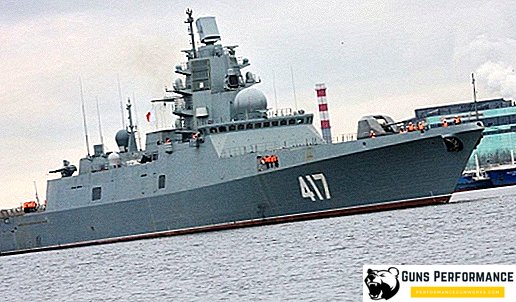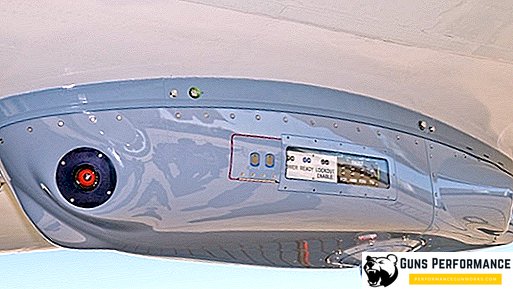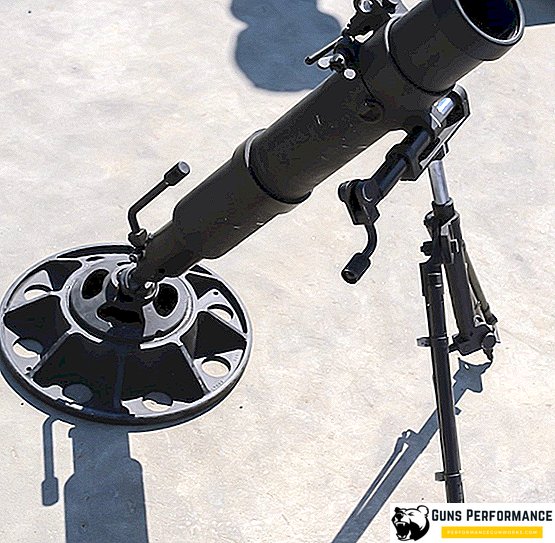Airbus A320 - narrow-body passenger aircraft, developed by concern Airbus. Serial production of the liner continues from 1987 to our days.
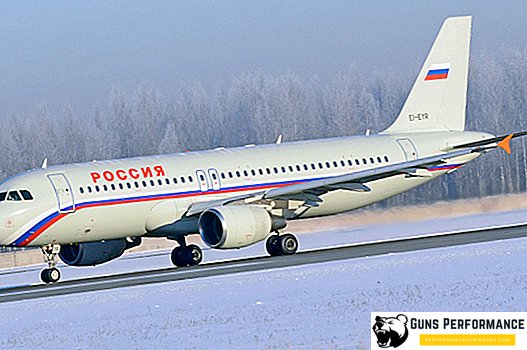
Salon overview and layout of the best places
Airbus A320 with a two-class layout of the passenger compartment (business and economy) can accommodate 150 passengers.
The business class cabin accommodates (according to the passenger cabin scheme) six places occupying rows from 1 to 3. There is a wider (compared to the economy class cabin) central aisle, and the places are arranged according to the "2-2" scheme. The business class is located in the passenger cabin of the Airbus A320, has softer seats and a slightly more varied menu than for economy class passengers. The distances between the seats here are large, which ensures proper rest for the legs, even for tall people.
The best in the business class are the places in the second row, especially in the portholes. Several unsuccessful places are the first and third rows. This is explained by the fact that the first-row seats, although they have more space for the legs, are at the same time located directly by the toilet and utility rooms. This feature becomes the cause of sometimes brisk movement here, which can seriously interfere with a peaceful rest. Places of the third row are located close to the partition separating the business class cabin from the economy class. The movement of staff and the noise coming from the economy class can also cause some inconvenience.

Behind the business class cabin there is an economy class with a narrower central aisle, as well as armchairs arranged according to the "3-3" scheme. Economy class seats are (according to the scheme) rows with numbers from 4 to 27.
The best for economy class are the places in the fourth row. This is due to their some distance from the noisy middle and a little more space for the feet of passengers. Not the best for the economy class are the places located at the very end (in the 27th row). Their inconvenience lies in the close proximity of the toilet and utility rooms, which can cause a lot of inconvenience. When booking tickets these not the best places should be avoided whenever possible.

Options for Airbus A320
To date, there are 4 versions of the Airbus A320: A318, A319, A320 and A321.
Airbus A318 aircraft is the most compact of the entire A320 family: its passenger capacity is from 107 people in the two-class to 132 people in a one-class version. One of the most important qualities of this liner is that it can take off from shorter runways.
It is also worth noting that it was on the Airbus A318 that, for the first time, advanced onboard systems were installed, with which all airplanes of the A320 family are equipped today.
Commercial use of the aircraft was launched in 2003.
The Airbus A319 is a slightly shortened version of the Airbus A320 due to the last two rows of passenger seats removed in the economy class cabin. Due to this, the aircraft can use a shorter runway. The base model has a passenger capacity of 116 people, but there is another version that allows to carry up to 156 people.
Operation of the A319 began in 1996.
Airbus A319 has the following modifications:
- Airbus A319LR - the main difference from the base model are the additional fuel tanks, allowing to increase the flight distance to 8000 km.
- Airbus A319CJ - business modification with increased flight range.
- The Airbus A320 is a narrow-body aircraft with a maximum passenger capacity of 180 people. Commercial use has continued since 1988.
- The Airbus A321 is an elongated version of the Airbus A320 with increased passenger capacity (up to 220 people). The aircraft is medium-haul (flight range - up to 5950 km). Operated since 1994.

A320 specifications
Structurally, the Airbus A320 is a low-wing aircraft. Wing - swept. Plumage - vertical single-fin. The power plant of the Airbus is represented by two turbofan engines, the brand of which depends on the model of the aircraft.
The Airbus A320 was created as a replacement for the outdated Airbus A300 airplanes, as well as for those who collected the Boeing 727 and Boeing 737 airplanes at the time (mid 80s of the 20th century) for competition. cathode ray tubes were used instead of switches.
Another important difference of the A320 family from the Airbus early aircraft is that instead of the standard pilots, the side stick was used for the pilots (side control knob), which, together with modern electronics, made it easier to control the aircraft and limit its crew to two pilots.

Flight performance of the A320 family of aircraft:
| Airbus A318-100 | Airbus A319-100 | Airbus A320-200 | Airbus A321-100 | |
| Length m | 31,4 | 33,8 | 37,6 | 44,5 |
| Wingspan, m | 34,1 | |||
| The diameter of the fuselage, m | 3,95 | |||
| Interior width, m | 3,7 | |||
| Height, m | 12,5 | 11,8 | 11 | 11,8 |
| Area of bearing surfaces, m² | 122,6 | |||
| Max. take-off weight, kg | 68 000 | 75 000 | 77 000 | 93 500 |
| Minimum band at maximum take-off mass, m | 1355 | 1950 | 2090 | 2180 |
| Cruising speed | 840 km / h or 0.78 M | |||
| Passenger capacity | 107 to 132 | 116 to 156 | 140 to 180 | 170 to 220 |
| Flight range, km | 5950 | 6850 | 6150 | 5950 |
| Fuel reserve, l | 24 210 | from 24 210 | from 24 210 | from 24,050 |
| up to 30 190 | up to 30 190 | up to 30 030 | ||
| Passenger door | 4 | 4 | 4 | 4 |
| Emergency exits | 2 | 2 | 4 | 4 |
| Practical ceiling, m | 12 000 | |||
| Fuel consumption, l | 2400 | 2600 | 2700 | 2900 |
| Engines | 2 CFMI CFM56-5B each 105.9 kN or 2 Pratt & Whitney PW6000A each 96 kN | 2 CFMI CFM56-5B each 104.5 kN or 2 IAE V2500-A5 each 104.5 kN | 2 CFMI CFM56-5B each 118 kN or 2 IAE V2500-A5 2 IAE V2500-A5 each 118 kN | 2 CFMI CFM56-5B each 142.3 kN or 2 IAE V2500-A5 each 146.8 kN |

Conclusion
Nowadays, the number of orders for aircraft of the A320 family has exceeded 11,000. This is explained by the fact that the Airbus, as conceived by Airbus, has managed to compete with the Boeing 737. With many options, the Airbus A320 is suitable for a wide variety of purposes, which allows it to firmly occupy its own niche among medium-haul passenger airliners.


